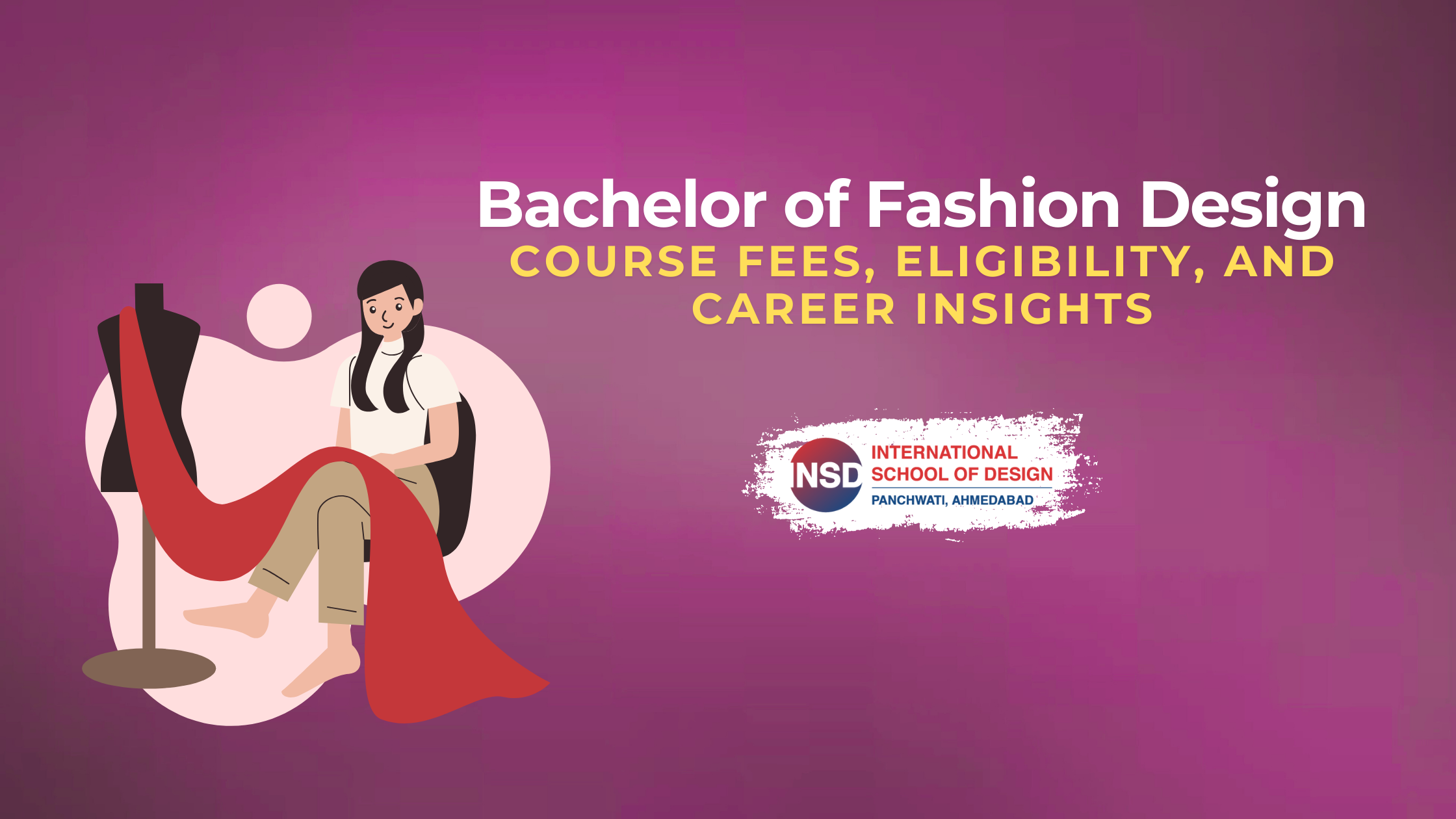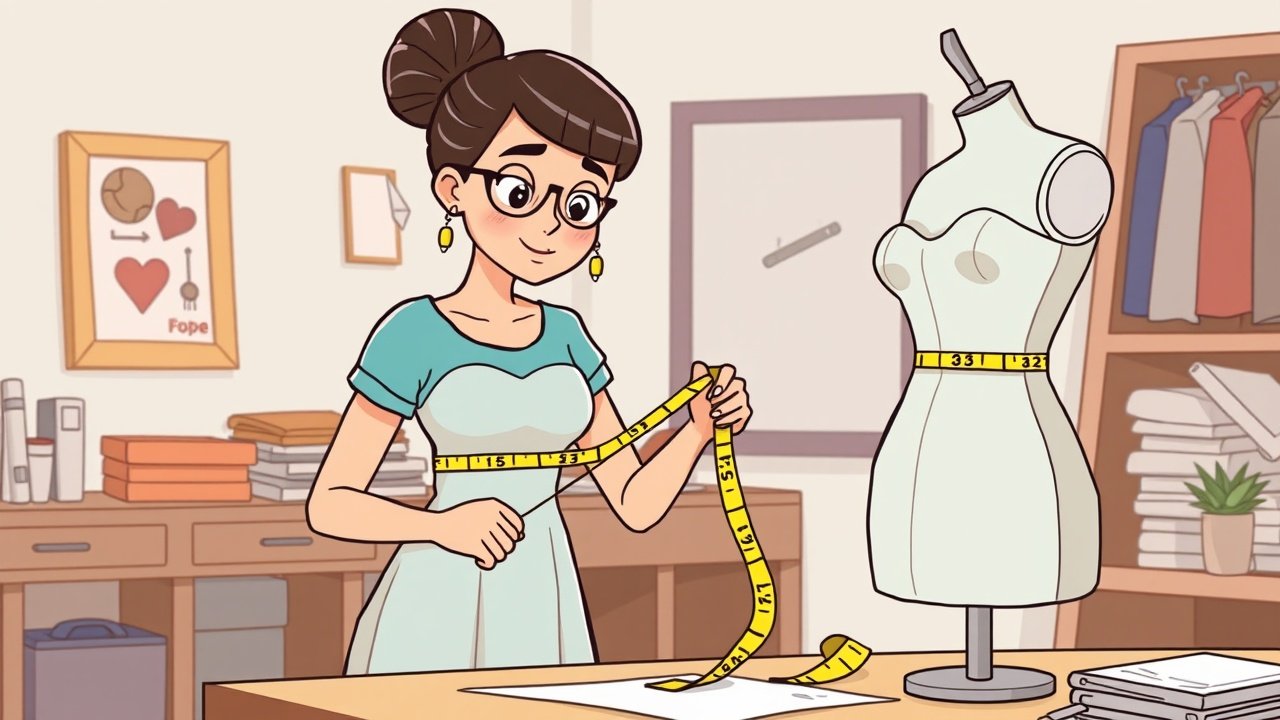Why Pursue Fashion Designing Courses?
Pursuing fashion designing courses opens doors to a dynamic and creative world of fashion. A degree in fashion design provides students with a solid foundation of design principles and practical skills needed to thrive in the fashion industry. These programs cover various aspects of fashion design, including textile design, garment construction, fashion history, and computer-aided design.
Students learn about the design process, fashion trends, and global fashion while developing their artistic abilities in art and design. Many fashion design colleges offer hands-on experience through internships and participation in fashion week events. Graduates can pursue diverse careers, from apparel design to accessory design, and even branch into related fields like interior design.
While the tuition fee for a fashion design program may vary, the investment can lead to exciting opportunities in fashion companies worldwide. Whether choosing a B.Des in Fashion Design or a specialized course in fashion, students gain valuable experience in the fashion industry. The best fashion design degree programs provide a comprehensive fashion design syllabus that covers all aspects of the fashion world, preparing graduates for a successful career in fashion design.
Types of Fashion Design Courses (With Career Tips)
Fashion and apparel education offers diverse opportunities for aspiring designers. Many institutes of design and fashion institutes offer fashion design courses ranging from bachelor’s degrees to PG diplomas in fashion design. A bachelor’s degree in fashion design or bachelor’s degree in fashion typically covers topics such as fashion illustration, history of fashion, and design practice.
Students learn about current fashion trends, creative fashion techniques, and fashion styling. Many programs also include courses on fashion business and industry practices. Graduates can pursue careers in fashion houses, design firms, or as independent designers. Fashion designers work on creating various fashion items, from clothing to accessories.
1. B.Des (Bachelor of Design)
Obtaining a B.Des (Bachelor of Design) is an excellent pathway for those aspiring to enter the design industry, particularly in the realm of fashion. We offer specialized four-year program that include in-depth course information on various aspects of the industry. Students can pursue a B.Des fashion design or focus on specialized fields like advanced fashion illustration. The curriculum typically spans four years and is designed to equip students with the skills needed to thrive as a successful fashion designer.
Additionally, the program often includes practical experiences such as an annual fashion show and opportunities for fashion model drawing, allowing students to showcase their creativity. They learn about major fashion brands and study the intricacies of three fashion sectors, including fashion marketing and merchandising. Graduates emerge with a solid foundation for a career in the fashion industry, ready to make their mark in this dynamic field.
2. B.Sc Fashion Design (Bachelor of Science Fashion Design)
Embarking on a B.Sc Fashion Design offers an exciting opportunity to delve into the field of fashion design. This three-year course provides a comprehensive course overview that includes various aspects of the fashion industry, such as jewellery design and sustainable fashion. Students receive a solid foundation in design, emphasizing design thinking and innovative practices.
Many colleges offering fashion design programs provide a rich curriculum that includes related courses and practical experiences. Graduates earn a graduation degree that opens doors to a career in leading fashion companies. For those considering a BA Fashion Design or a B.Sc Fashion Design, understanding of fashion trends and design concepts is essential. A school of fashion not only nurtures creativity but also equips students with the skills necessary to thrive in the dynamic world of fashion.
4. Master’s courses in Fashion Design
For those who like fashion and wish to elevate their skills, pursuing a master’s degree in fashion design is an excellent choice. Most programs require a bachelor degree in a related field, often leading students to enroll in esteemed colleges and universities that specialize in this creative discipline. These institutions offer courses that delve deeper into the nuances of the fashion industry.
A typical master’s program may extend beyond the standard four-year course, providing an intensive curriculum that focuses on innovative design and practical applications. Elements such as fashion history, textiles, and garment construction are included in the course structure, enriching the academic experience for aspiring designers.
Through studying fashion at a reputable fashion school, students are equipped with the tools and knowledge necessary to excel in a competitive field, ultimately fostering their ability to create impactful and trend-setting designs.
5. Diplomas and certification courses
Diplomas and certification courses have become essential in today’s competitive job market, providing individuals with the specialized knowledge and skills necessary to excel in their chosen fields. These programs often focus on practical training, allowing participants to apply theoretical concepts in real-world scenarios. A diploma typically represents a more comprehensive study, often requiring a longer commitment, while certification courses can be shorter and more focused, targeting specific competencies or technologies.
Many industries recognize the value of these credentials, as they signify to employers a commitment to professional development and expertise. Additionally, certification courses can help individuals stay updated with the latest trends and advancements in their field, ensuring they remain competitive. As a result, pursuing diplomas and certification courses can significantly enhance career prospects and open doors to new opportunities.
How Many Years Does A Fashion Designing Course Take To Complete?
Fashion designing courses vary in length depending on the type of program and the institution offering it. Typically, a bachelor’s degree in fashion design takes about four years to complete, providing students with a comprehensive education that encompasses design principles, textiles, and fashion history. Many institutions also offer associate degrees, which usually take around two years and focus on the fundamental skills necessary for entry-level positions in the industry.
For those seeking a quicker route, certificate programs can be completed in a matter of months, allowing individuals to gain specific skills rapidly. Additionally, some schools offer master’s programs in fashion design, which usually two years of study beyond a bachelor’s degree, catering to those looking to specialize further or advance their careers. Ultimately, the duration of a fashion designing course can vary widely based on individual goals and educational paths.
Fashion Design: Admission 2025, Fees, Syllabus, Entrance Exam, Top Colleges, Career Scope
Fashion Design has emerged as a dynamic field, attracting aspiring designers to pursue their dreams in 2025. Admission to prestigious institutes typically requires candidates to pass an entrance exam, which assesses their creativity and technical skills. The syllabus often includes subjects like design fundamentals, textile studies, and fashion illustration, providing a comprehensive foundation for students.
When considering fees, it’s essential to research various colleges, as they can vary significantly. Top colleges such as the National Institute of Fashion Technology (NIFT) and the National Institute of Design (NID) are renowned for their rigorous programs but may not be most affordable and flexible to suit all needs.
We provide practical training and the chance to engage in real-world experiences, such as participating in fashion shows from the very first year. Additionally, we have an affordable fee structure to ensure that education is accessible to anyone aspiring to achieve their dreams in fashion design.
Upon graduation, the career scope in fashion design is vast, offering opportunities in areas such as apparel design, fashion marketing, and merchandising. With the fashion industry continually evolving, talented designers can find rewarding careers both domestically and internationally.
Fashion Design Eligibility Criteria
To pursue a career in fashion design, aspiring designers typically need to meet certain eligibility criteria. For degree courses, we require candidates to have completed their secondary education, often with a focus on subjects like art and textiles. Additionally, many programs expect applicants to submit a portfolio showcasing their creative work, demonstrating their skills and personal style.
Having a strong passion for fashion trends and a keen sense of aesthetics can significantly enhance one’s chances of admission into competitive programs.
Furthermore, candidates may benefit from prior experience in related fields, such as graphic design or illustration, which can provide a solid foundation for their studies in fashion design.
Job Outlook, Projected Growth Rate for Fashion Design
The job outlook for those who want to become a fashion designer is promising, with a projected growth rates that were never seen before in the next decade. This growth is driven by the increasing demand for innovative designs and sustainable fashion. As the industry evolves, opportunities in various sectors continue to expand for aspiring designers.



